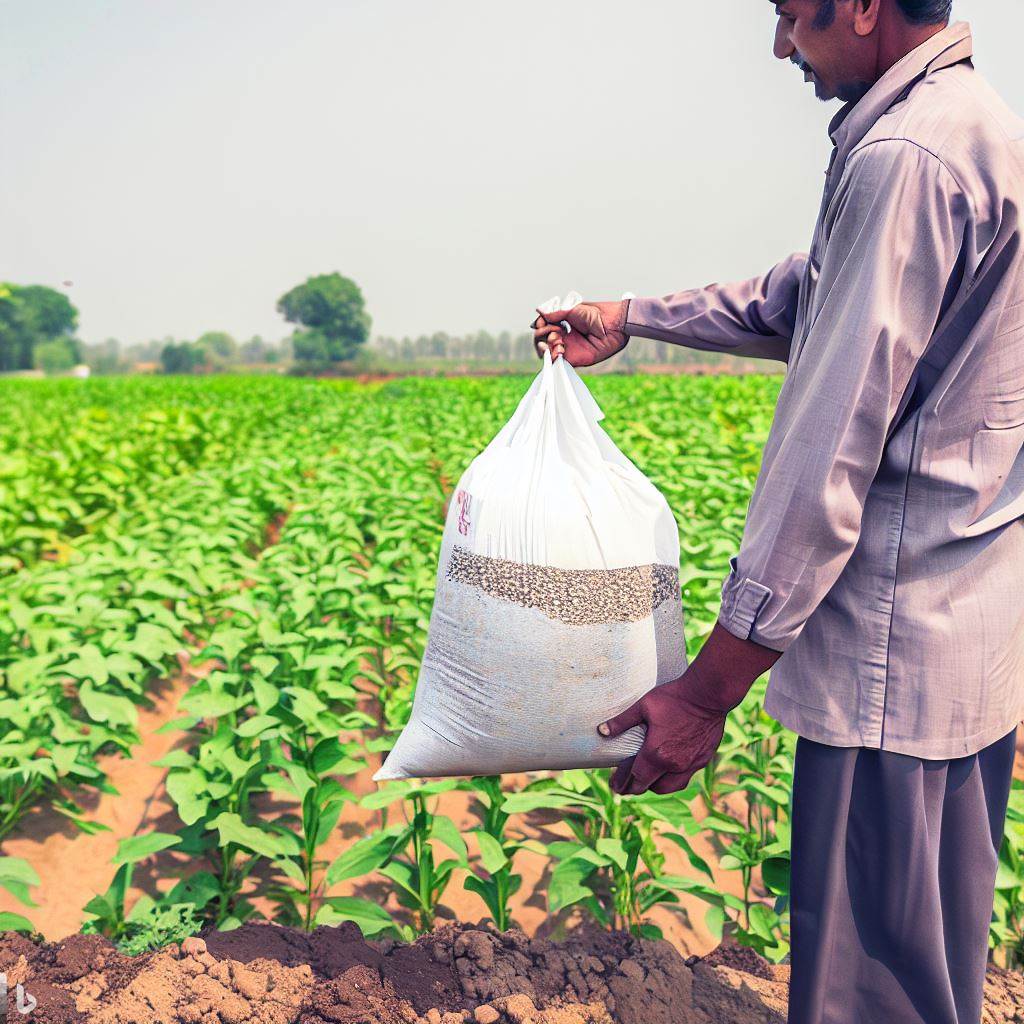
- Home
- Rooted in Resilience: The Power of Mycorrhizal Technology

Aditi Bijalwan
Co-founder at Agrilogy Bioscience Private Limited
Farming on the Edge: Soil Degradation, Climate Stress, and What Comes Next?
Did you know that over 16% of India’s land is classified as barren?
According to a 2023 survey by the Department of Agriculture & Farmers Welfare, these lands—spanning deserts, degraded mountains, and drought-prone zones—are no longer suitable for cultivation. And the reason is range of stressors, both biotic and abiotic which include water scarcity, overuse of chemical fertilizers, poor agricultural practices such as excessive tillage, and soil contamination by heavy metals. Together, they lead to a decline in essential soil nutrients, loss of microbial biodiversity, increased soil erosion, and reduced agricultural productivity.
But what if we told you that a microscopically, hidden beneath our feet, holds the power to restore this land and reshape the future of farming? Welcome to the fascinating world of rootrrhiza—nature’s underground network that’s transforming how we grow food.
Understanding Mycorrhiza: Nature’s Underground Network
Mycorrhiza refers to a symbiotic association between plant roots and certain beneficial fungi. Derived from the Greek words for "fungus" and "root," mycorrhiza represents one of nature’s oldest and most efficient mutualisms. In this partnership, the fungus penetrates the plant's root system and extends into the surrounding soil through fine thread-like structures called hyphae. These hyphae increase the plant's access to water and nutrients, especially phosphorus, which are otherwise difficult to absorb. In exchange, the plant provides the fungus with sugars and lipids produced through photosynthesis. This mutually beneficial exchange not only enhances plant health but also promotes long-term soil sustainability.
Two Paths to Partnership: Endomycorrhizae vs. Ectomycorrhizae
There are two major categories of mycorrhizal fungi: endomycorrhizae (also known as arbuscular mycorrhizal fungi or AMF) and ectomycorrhizae.
Endomycorrhizae form internal associations with plant root cells and are known to colonize around 85% of terrestrial plant species, including most food crops. These fungi form specialized structures such as arbuscules (for nutrient exchange) and vesicles (for storage and reproduction).
Ectomycorrhizae, on the other hand, form external networks around root surfaces and are more commonly associated with woody plants and trees, including conifers and hardwoods. While most plants benefit from these associations, members of the Brassica family (such as cabbage, cauliflower, and mustard) are typically non-mycorrhizal.
Why AMF Matter: 7 Powerful Benefits for Modern Agriculture
Arbuscular mycorrhizal fungi (AMF) are not just biological allies—they are integral to enhancing crop resilience, soil health, and long-term agricultural productivity. The symbiosis between AMF and plant roots triggers a cascade of beneficial physiological and ecological responses that address both nutrient dynamics and environmental stresses. Below are the key agronomic advantages of incorporating AMF into modern farming systems:
- Enhanced Nutrient Absorption and Assimilation: AMF significantly increase a plant’s ability to absorb essential macro- and micronutrients, particularly phosphorus, from the soil. Their extensive hyphal networks function as an extension of the root system, accessing nutrients from soil pores that roots alone cannot reach. This leads to improved nutrient uptake efficiency and better assimilation of minerals, directly supporting plant growth and development.
- Resistance to Drought and Salinity Stress: Through improved water absorption and efficient resource allocation, AMF-inoculated plants exhibit enhanced tolerance to abiotic stresses like drought and soil salinity. These fungi help maintain plant hydration and osmotic balance during periods of water scarcity, enabling better survival and yield under challenging climatic conditions.
- Suppression of Pests and Pathogens via Secondary Metabolites: Mycorrhizal association stimulates the production of secondary metabolites in plants—compounds that play critical roles in defense against pests and pathogens. These biochemical changes reduce dependency on chemical pesticides by activating the plant's natural defense systems.
- Improved Soil Structure and Reduced Erosion: The hyphal network of AMF aids in soil particle aggregation, improving soil structure and porosity. This enhances aeration, water infiltration, and root penetration, while simultaneously reducing surface runoff and soil erosion—critical factors for maintaining long-term soil fertility.
- Reduced Nutrient Leaching and Increased Use Efficiency: AMF reduce the leaching of essential nutrients—especially phosphorus—from the soil. By capturing and recycling nutrients within the root-fungal system, these fungi improve nutrient-use efficiency and help retain valuable elements within the agricultural ecosystem.
- Promotion of Microbial Diversity and Soil Ecosystem Health: AMF foster symbiotic relationships with a range of other beneficial soil microbes, including nitrogen-fixing bacteria. This cooperative environment leads to a more balanced and productive soil microbiome, essential for sustaining high-quality organic farming systems.
- Soil Decontamination and Pollution Mitigation: Mycorrhizal fungi play a pivotal role in the detoxification of soils contaminated by heavy metals and synthetic chemicals. By binding pollutants and enhancing nutrient cycling, AMF contribute to cleaner soil environments, facilitating the decomposition of organic matter and promoting overall soil health.
Together, these agronomic benefits underscore the strategic importance of AMF in building resilient, high-performing agricultural systems. By integrating Rootrrhiza inoculants into crop management practices, farmers can move toward sustainable agriculture that is both productive and ecologically responsible.
As agriculture navigates the twin pressures of soil degradation and climate variability, biological alternatives have emerged as both practical and essential. Rootrrhiza offer a resilient, eco-friendly solution that integrates seamlessly into organic and regenerative farming practices.
By improving nutrient efficiency, enhancing plant stress tolerance, and rebuilding soil microbial health, Rootrrhiza inoculants play a central role in restoring ecological balance while increasing productivity.
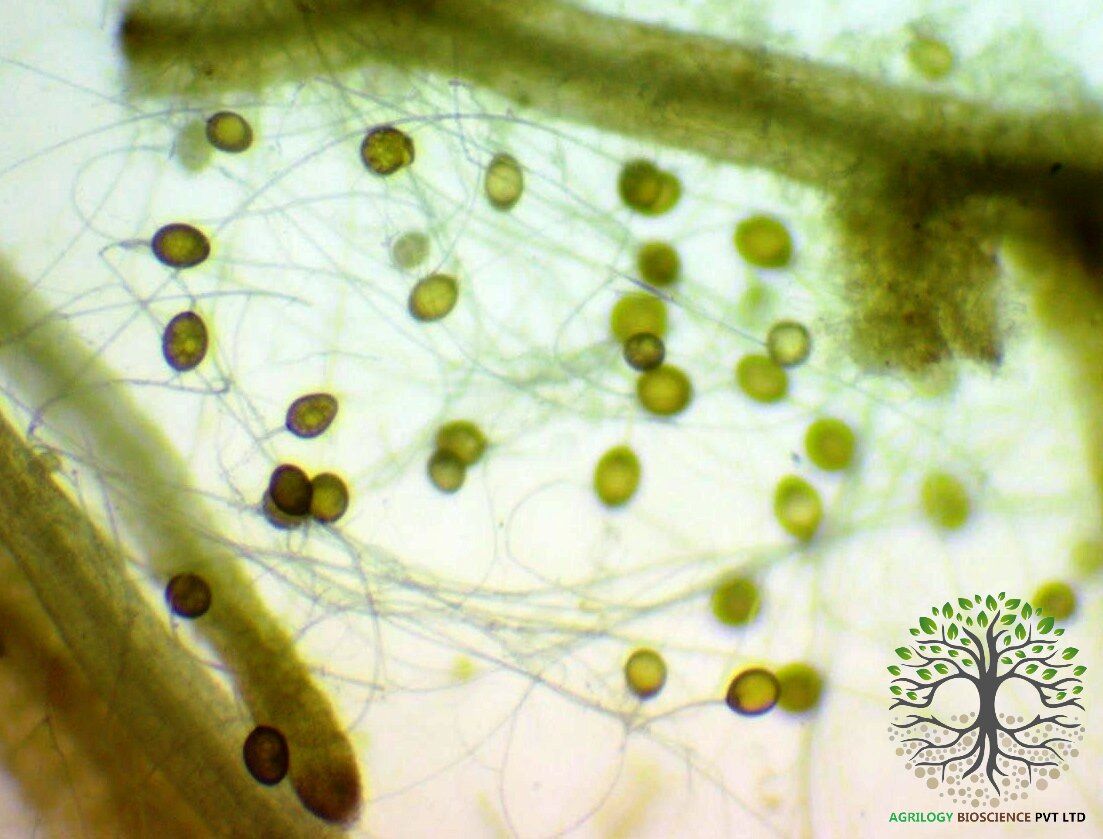
Comments (0)
No comments yet. Be the first to comment!
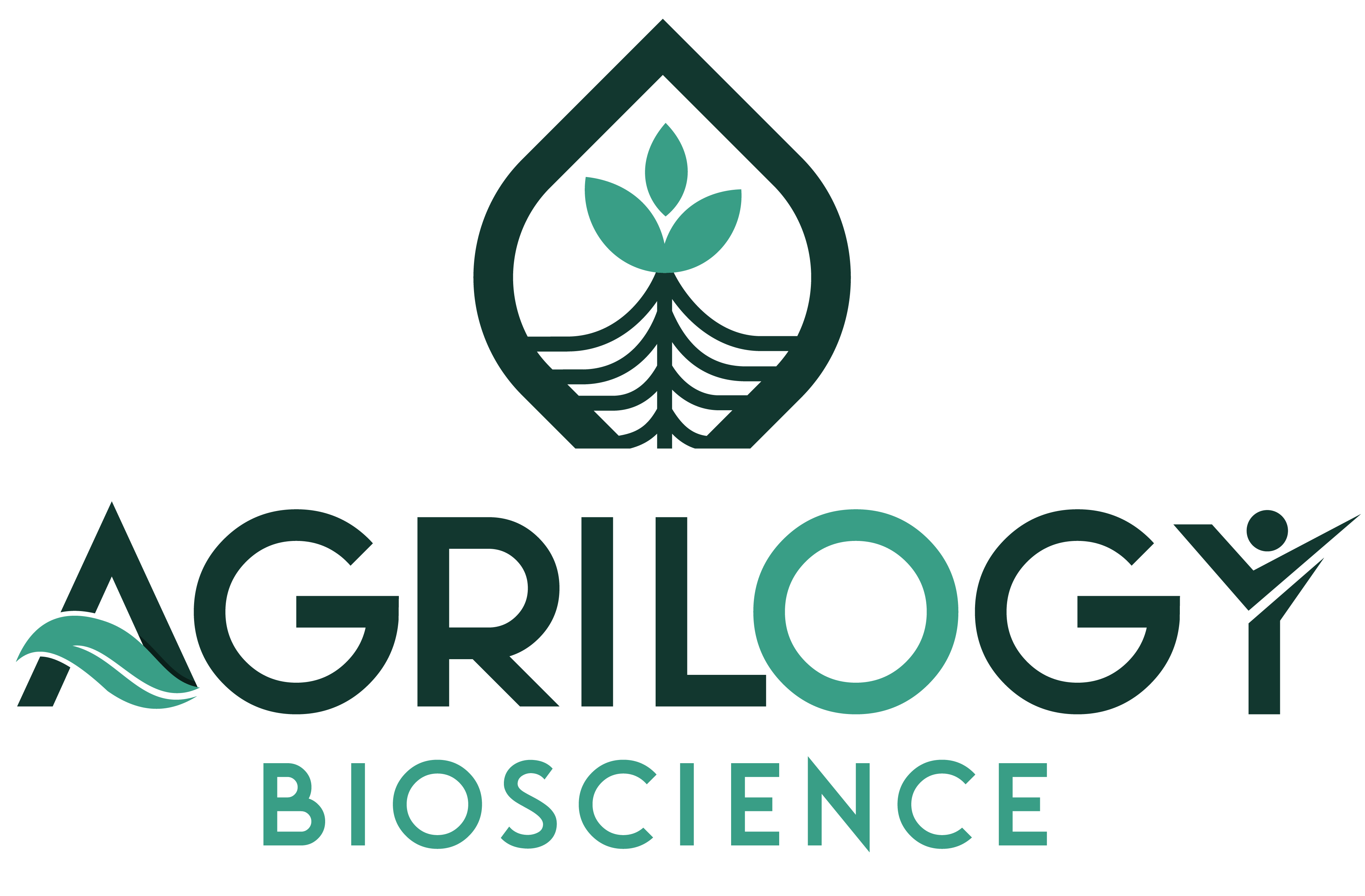
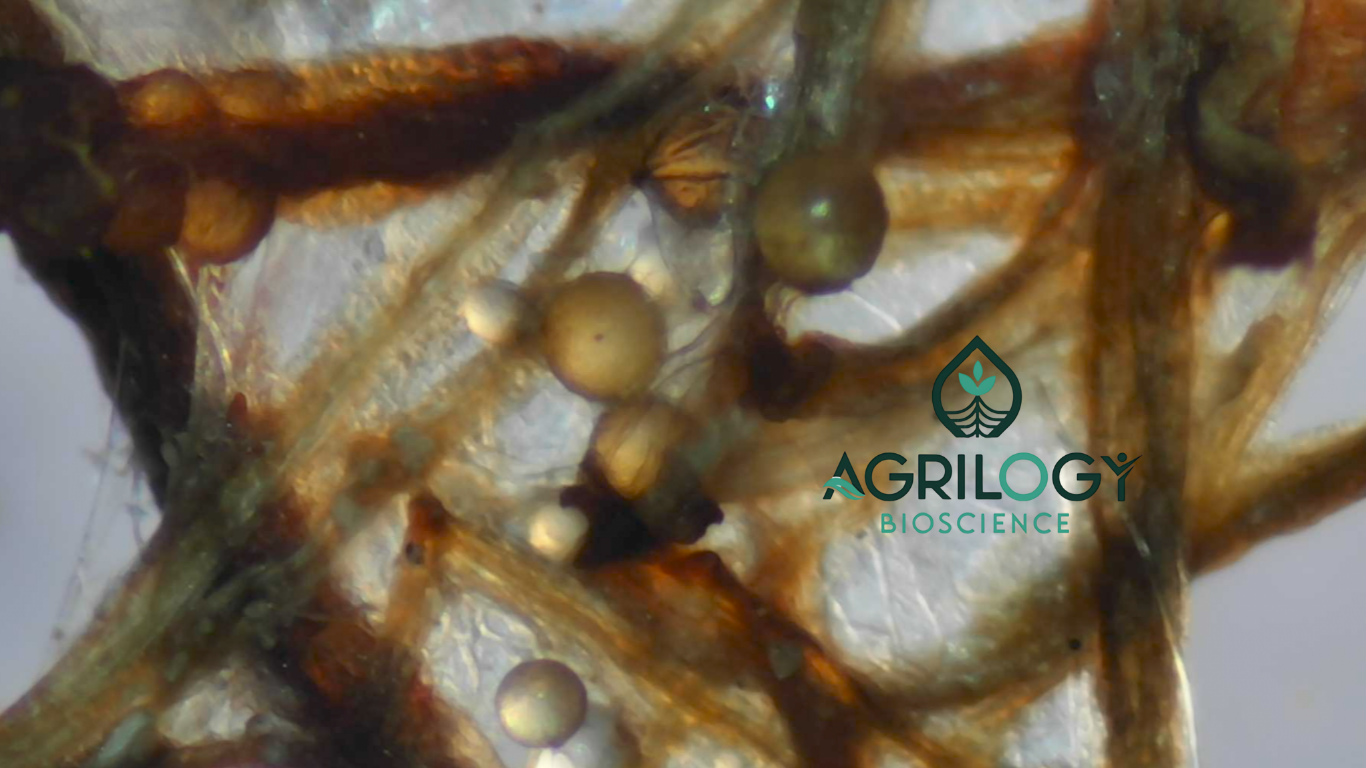
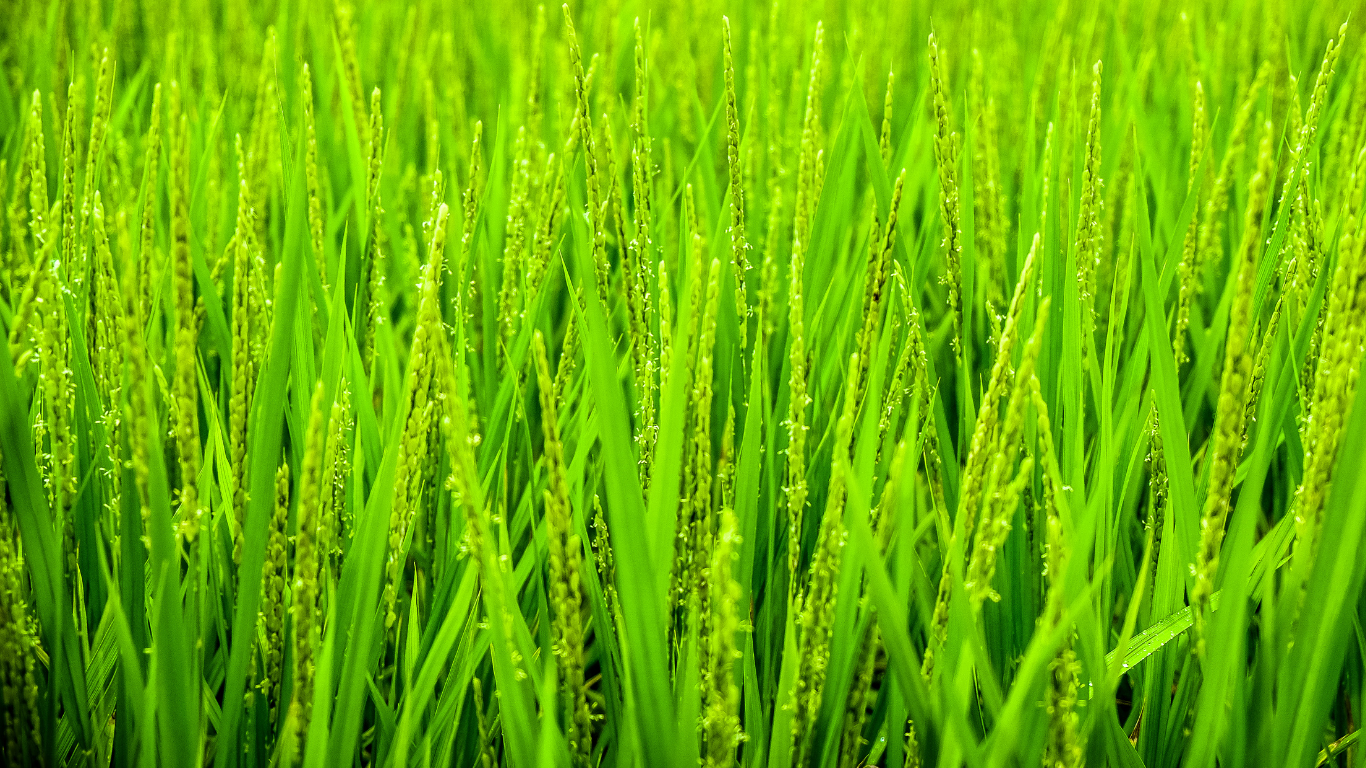

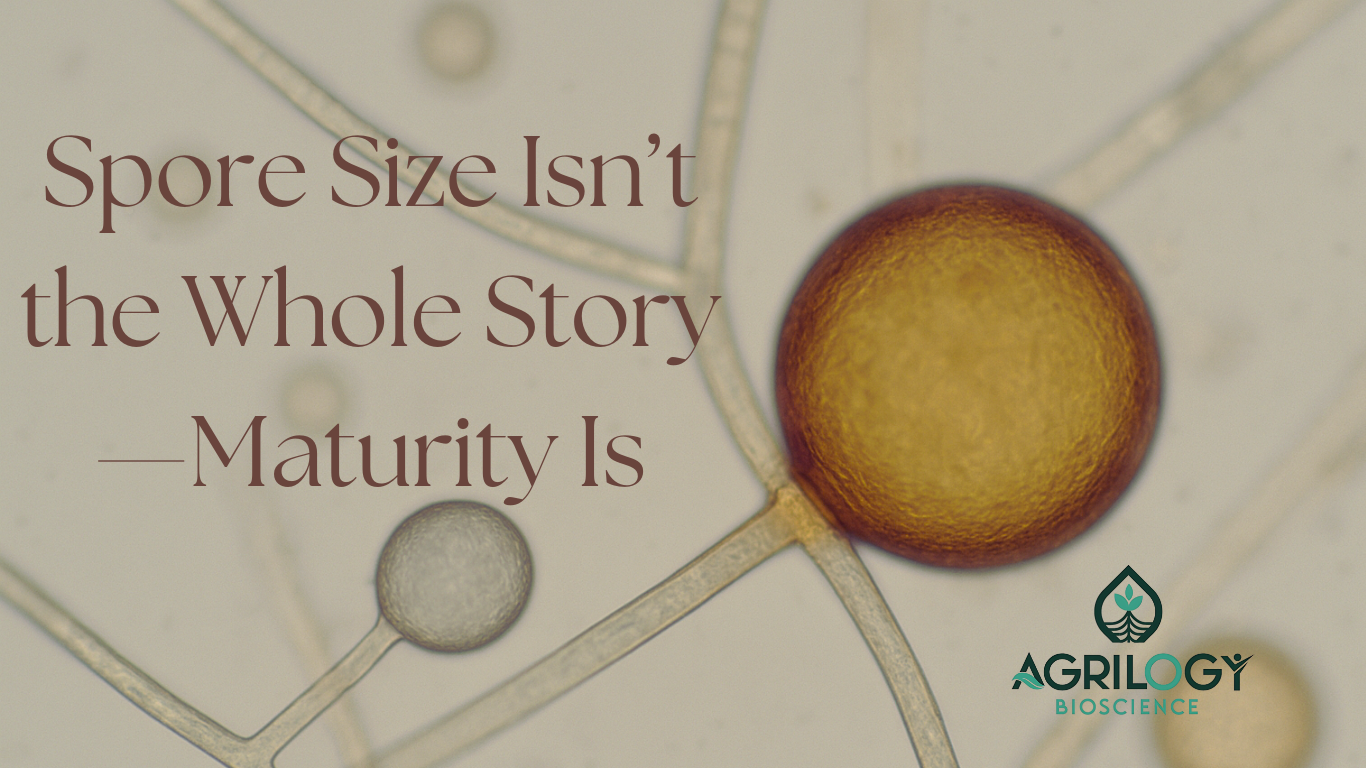
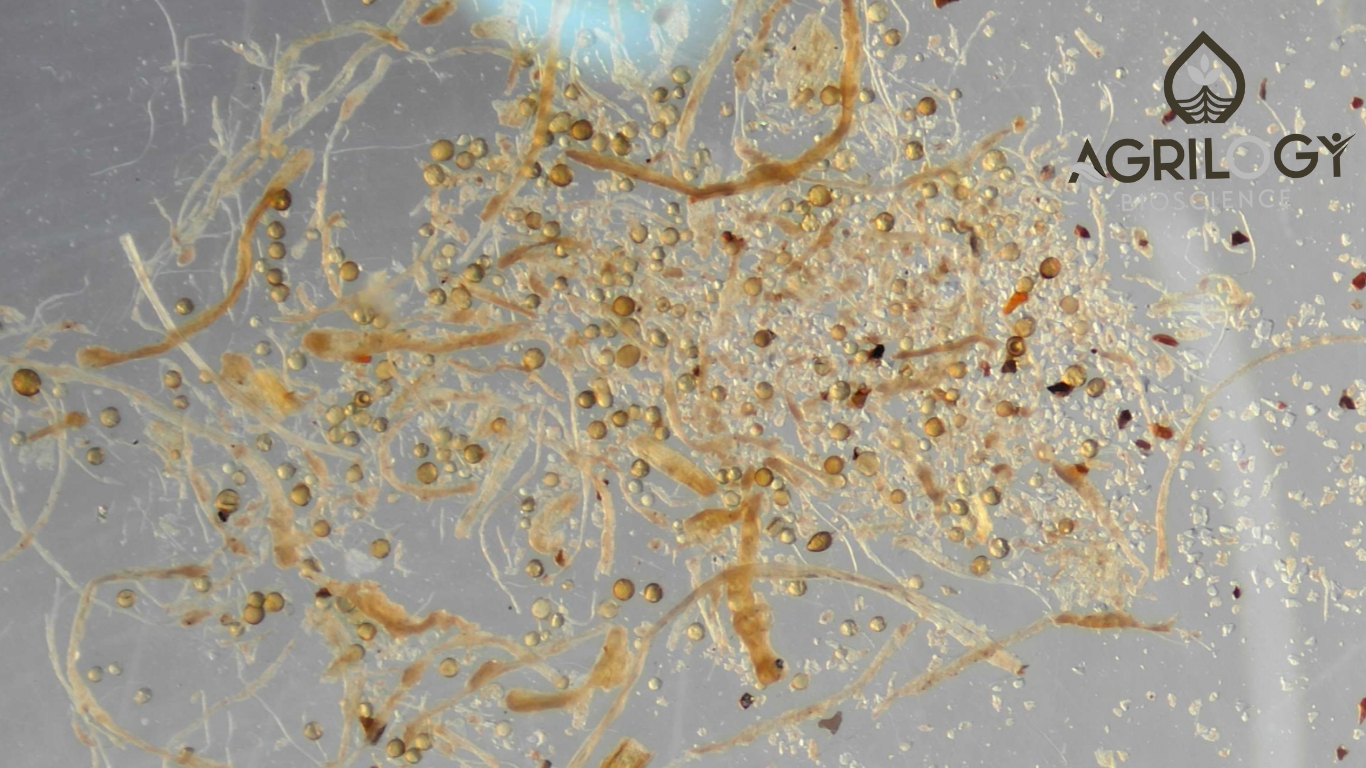
Leave a Comment